I was sorting my lands box a few weeks back when I came across my Urza’s Sagas. I stared at them, dumbfounded, wondering how this card even came to be. It’s a land…that’s also an enchantment…that’s a saga. WTF. Yes, it is powerful. Yes, it is classic. And I had to know how it was birthed and from whom.
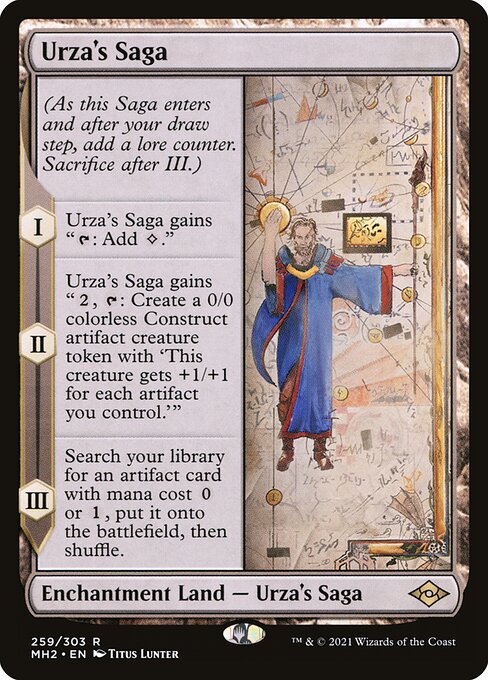
Now, for those savvy with Magic history, you’ll know that Gavin Verhey, on his show Good Morning Magic, has already disclosed a bit of the knowledge behind the card. But, I’m always desperate to know more, no matter how much. I was lucky enough to get connected with the initial person behind the card’s creation, Allison Steele. I figured it was worth asking some more questions. (A big thank you to Allison for taking the time to answer these.)
[Ed. Note – For those who may not recognize the name, Allison Steele worked at Wizards of the Coast R&D for almost a decade in various roles including Digital Product Manager for Magic Online. She is currently a game designer for Blizzard Entertainment’s World of Warcraft.]
KW: How did the initial concept of a saga land come about?
AS: The concept started out from the type line. “Urza’s” is the weirdest subtype in the whole game, because it includes a possessive, and “Saga” of course was front of mind because of Kaldheim. That observation and initial idea originally came out of a brainstorm I ran with a few of the MTGO engineers as I was on the Modern Horizons 2 design team and was product manager of MTGO at the time; it was important to me that the cardset engineers had a voice in the design of the game they worked (and many still work) so hard to implement.
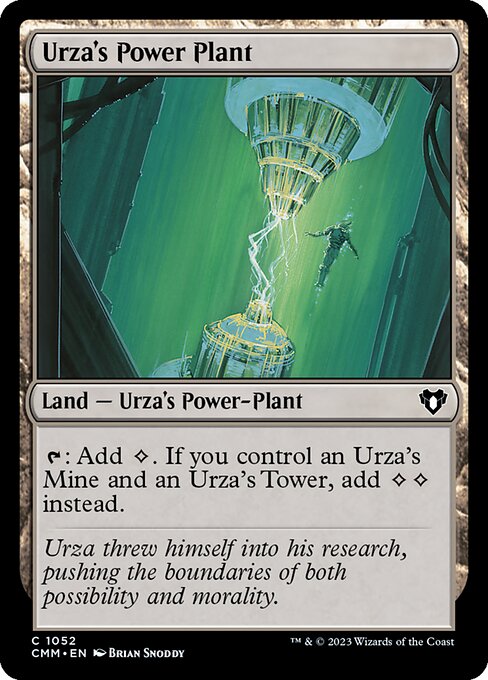
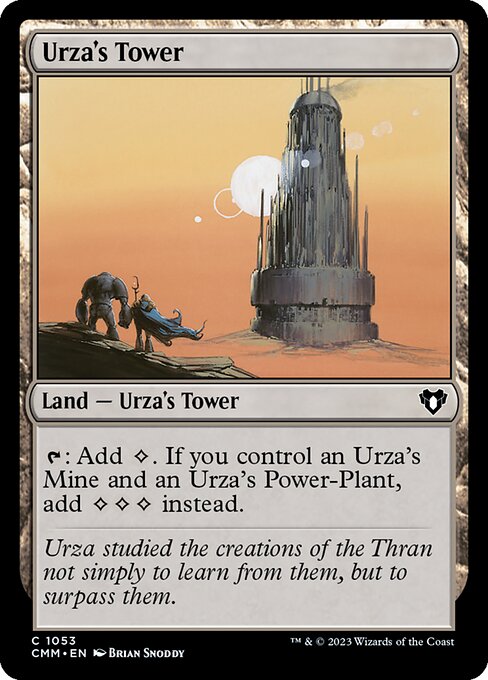
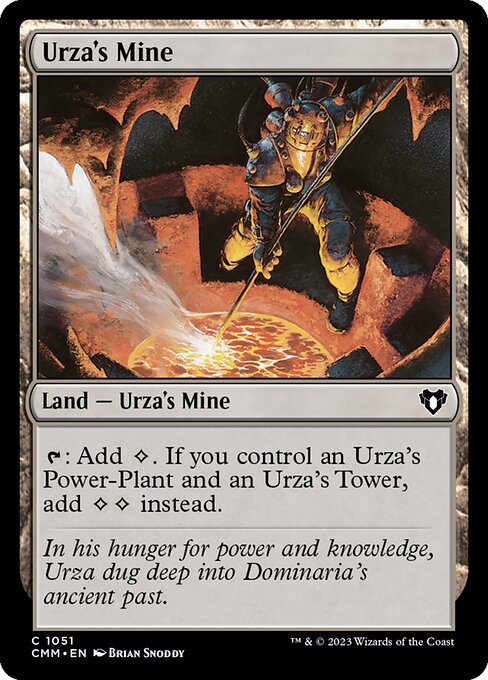
I understand that cards can go through multiple iterations, and while I also know that you probably can’t share every single detail, how different was the original concept to how it finally appeared in Modern Horizons 2? Was the card’s ability to gain each chapter (unlike many other saga’s that do one chapter at a time) a core element of the card? Or did that come later?
The card was always intended to be colorless. Mechanically, my original design did pay homage to iconic cards associated with Urza, but not with those specific abilities. Unfortunately, I’m not at liberty to discuss the original design as that’s Wizards’ IP, and my current employer’s non-disclosure agreement includes a requirement that I maintain secrecy on all previous game projects I’ve worked on. The best I can do is say that I’m happy to remind current Wizards spokespeople about the initial design and give my blessing to share it, but they can probably look up the initial design in the card database and certainly don’t need my blessing for this. (But they have it, anyway.)
One thing I found when I was designing cards is that the things that appeal to me as a player and the things that appeal to me as a designer have overlap but aren’t congruent. Both Modern Horizons sets I worked on were significantly intended to be Time-Spiral-like mechanical meta-jokes. We made baby versions of iconic cards (Segovian Angel is baby Serra Angel, Monoskelion is baby Triskelion, Batterbone is baby Batterskull, etc.) and stapled multiple copies of creatures together (Llanowar Elves to Llanowar Tribe, Healer’s Hawk to Healer’s Flock, etc.). There were old lore characters given screen time for the first time in decades, and even some jokes about the color in card form (Smiting Helix, Twisted Reflection, etc.) and I was focusing on creating cards like that with in-jokes and references. Urza’s Saga was just another card in that vein since there’s a long history of cards sharing names with sets, though I had high confidence in it from the start. The cards that become tournament staples are determined and polished by the final design team, while as a member of the initial design teams for both sets and the vision design team for Modern Horizons 1, I was just trying to make interesting cards that fit the design parameters and would probably be fun.
KW: Have you seen/heard how the card is played in certain decks/builds? For example, the card has become an absolute staple in Modern, esp. in 8-Rack. The card, in some sense, brought back the viability of that archetype because of the construct creation and the ability to retrieve and put into play a 0/1 cost artifact. Without being too hyperbolic, the card sort of created it’s own archetype of Saga decks.
AS: I haven’t played Modern seriously in probably five years; these days all I play is Commander, and I’m very casual even with that. So no, I have not been following its effects on the format, but it’s pretty powerful on the face of it, so I’m not surprised. Honestly, as long as people are having fun with it, I’m happy. It’s funny though: my first card to see print was Soul Separator, my first brain-to-print was Squee the Immortal, and generally I think of Atraxa, Praetor’s Voice and my other C16 work is the biggest legacy I have on the game. But nobody’s ever tracked me down to ask questions about Atraxa, so maybe Urza’s Saga is more significant.
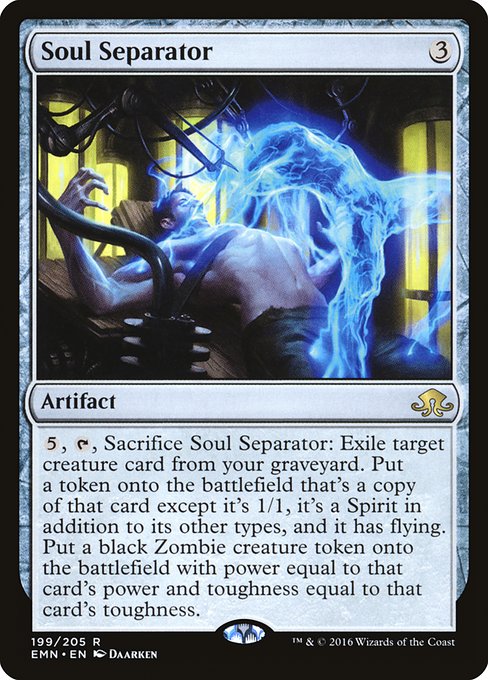

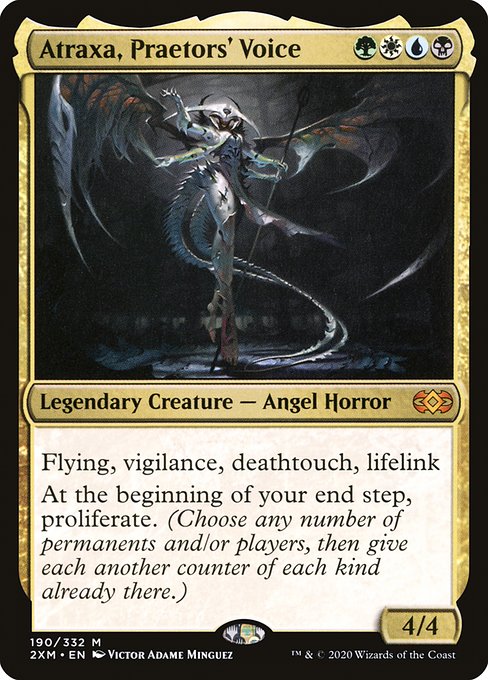
KW: Do you/did you see a card’s development, tuning, and final creation with the polished art as just another day in the office? Or was there anything particular special about the card after it was done? Card creation can take years, yes? Was this one more agonizing or pleasant than others for any particular reason?
AS: Unfortunately, it’s one of the cards I feel the least true ownership of. The type line came out of a brainstorm with other people, and the current version of the card is pretty radically different from what I submitted initially, so while the card wouldn’t have happened without me, there’s very little on the printed card to say “Ah yes, these are my fingerprints.” It’s not that I’m not pleased with having been a crucial piece of this card’s journey from nowhere, but it’s just not as near and dear to my heart as other cards. That’s just how design works sometimes, though. In my experience, almost everything in game design, whether it’s when I worked on Magic or my current work on World of Warcraft, is a team sport, and credit is often best shared by many.
Kyle Winkler (he/him) is a teacher and fiction writer. While he was pre-teen when Magic: The Gathering was released, he didn’t start playing until recently. He’s the author of the cosmic horror novella (The Nothing That Is), a collection of short stories (OH PAIN), and a novel (Boris Says the Words). His favorite card is a toss up between Crypt Rats and Oubliette.

